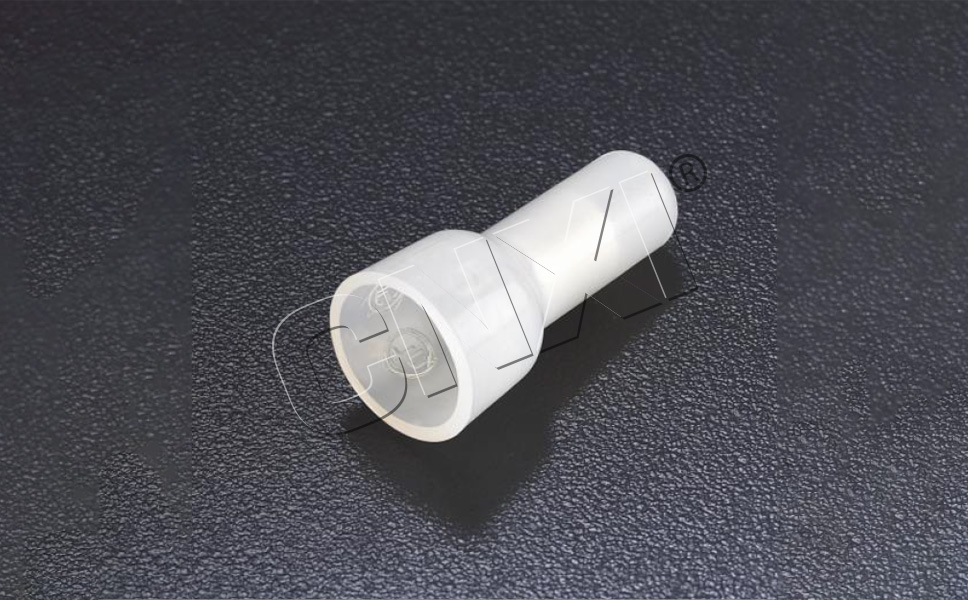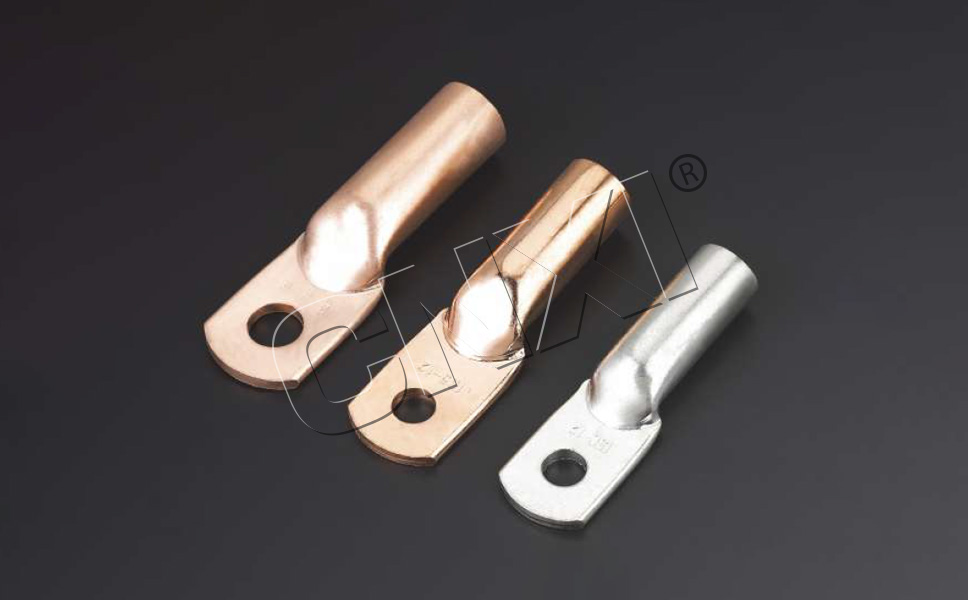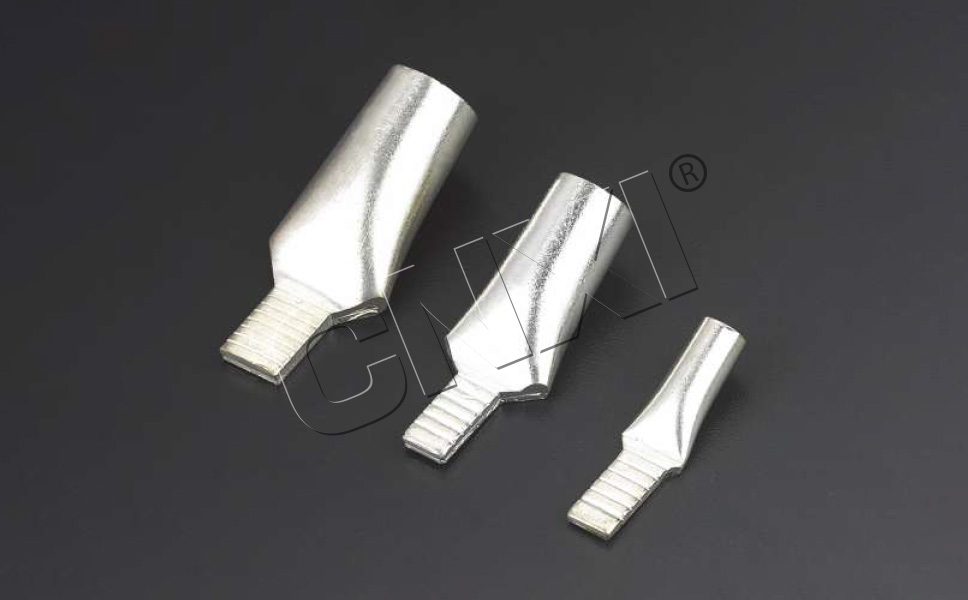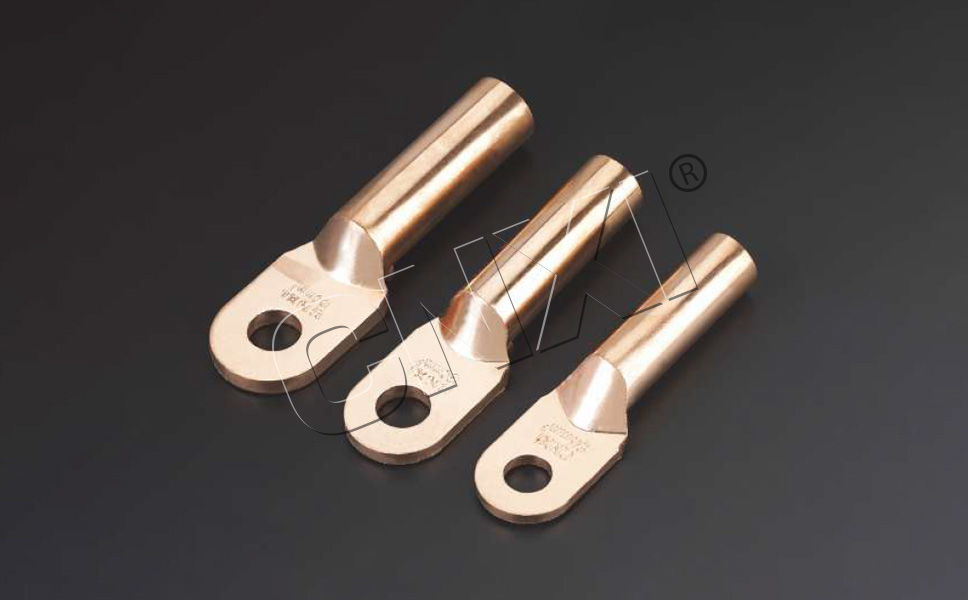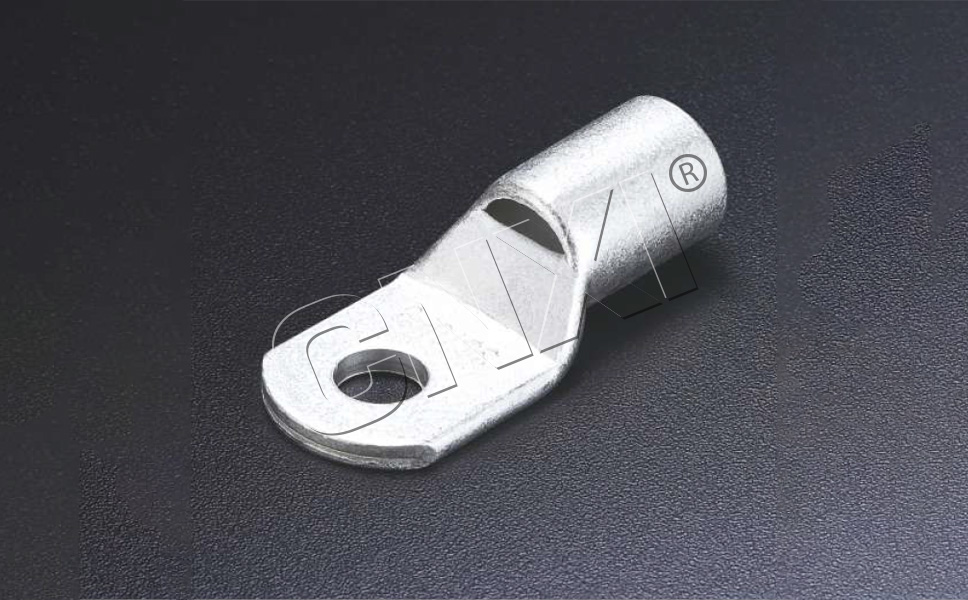Use of copper terminal blocks
The terminal block is an accessory product that is used to realize electrical connection, and is divided into connectors in the industry.
1. Terminals are used to facilitate the connection of wires. It is actually a piece of metal enclosed in insulating plastic. There are holes at both ends to insert wires, and screws are used to fasten or loosen them.
2, for example, two wires, sometimes need to connect, and sometimes need to disconnect, then you can use the terminals to connect them, and can be disconnected at any time without having to weld them together or wrapped together, very convenient and quick. And for a large number of wire interconnection, in the power industry there is a special terminal block, terminal box, all above the terminals, single-layer, double-layer, current, voltage, ordinary, can be broken and so on. A certain crimp area is used to ensure reliable contact and to ensure that sufficient current can be passed.

Rankings of similar articles
- What is the cold end?
- Use of copper terminal blocks
- Insulation ends will become mainstream
- Insulated terminal crimping technology
- High quality copper terminal block
- Insulated terminals
- Cold-pressing head features
- Copper terminal storage method
- Copper Terminal Qualification
- Insulation end application considerations
Latest information articles
- Cold pressure end introduction
- Cold-pressing head features
- National identification standard for copper terminals
- Use of copper terminal blocks
- How to choose the insulation end
- Insulation ends will become mainstream
- How to develop the domestic end
- Copper Terminal Development Prospects
- Copper terminal storage method
- Insulation end effect
- Copper terminal advantages introduction
- Copper terminal introduction
- What is the cold end?
- Insulation end features introduced
- Copper terminal connection
- Copper terminal structure features
- High quality copper terminal block
- How to choose cold terminal head
- Insulated terminal crimping technology
- Insulation end application considerations

